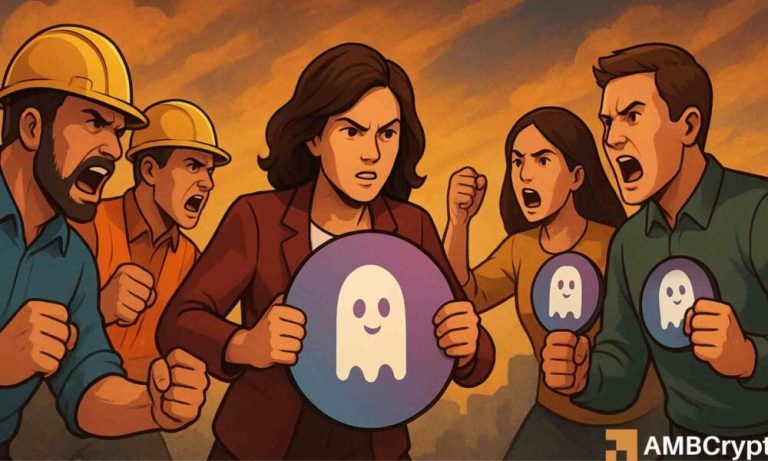
Understanding Vaccines

The science behind vaccines is a remarkable achievement in public health. Vaccines work by training our immune systems to recognize and combat pathogens like viruses and bacteria. When vaccinated, the body is exposed to a harmless part of the pathogen, which stimulates an immune response without causing the disease.
The Role of Vaccines in Disease Prevention

Vaccines have been instrumental in eradicating or significantly reducing the incidence of various communicable diseases. For instance, smallpox was declared eradicated in 1980, thanks to a global vaccination campaign. Other diseases, such as polio and measles, have seen significant declines in cases due to widespread immunization efforts.
Herd Immunity Explained

Herd immunity occurs when a significant portion of a population becomes immune to a disease, thereby protecting those who are not immune. This is crucial for individuals who cannot be vaccinated due to medical conditions. Vaccination not only protects the individual but also contributes to community health.
Challenges in Vaccination

Despite the clear benefits, vaccination faces challenges such as misinformation, vaccine hesitancy, and access issues. Public health campaigns play a vital role in educating the population about the safety and efficacy of vaccines, dispelling myths, and encouraging vaccination uptake.
Conclusion

Understanding the science behind vaccines is essential for appreciating their role in public health. Vaccination not only protects individuals but also contributes to the health of communities. As we continue to face new health threats, maintaining high vaccination rates is crucial for safeguarding public health.





